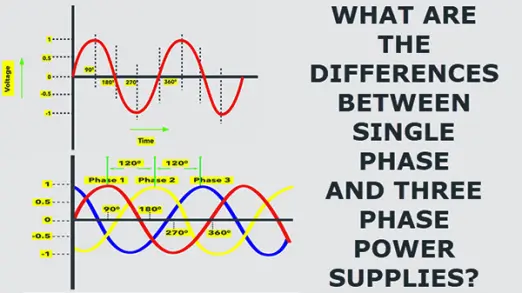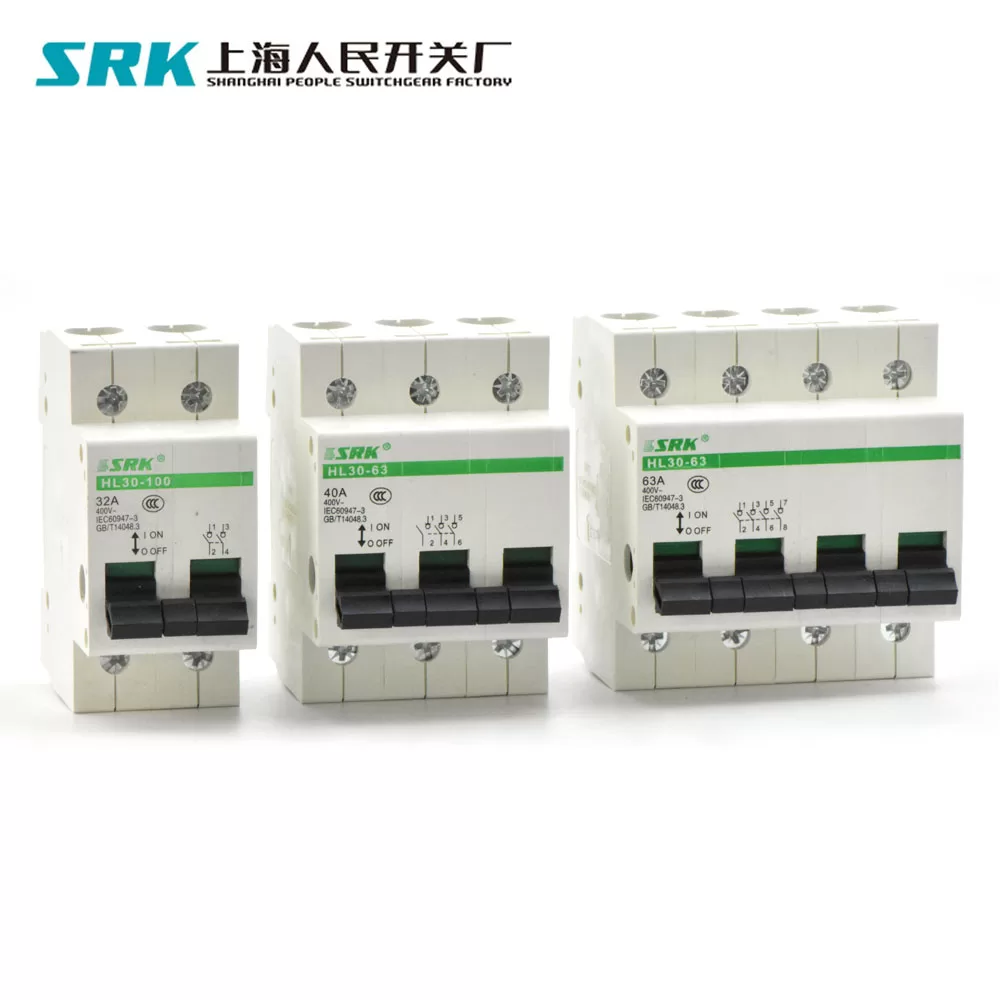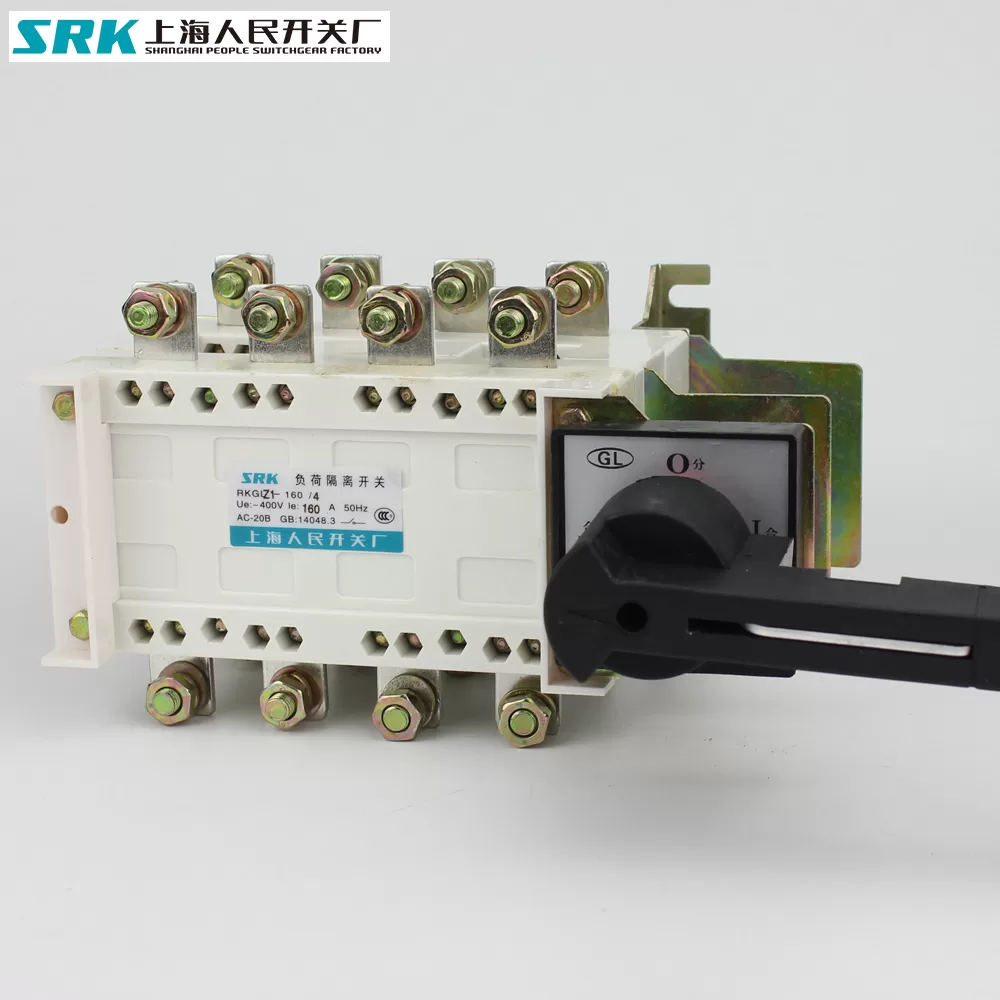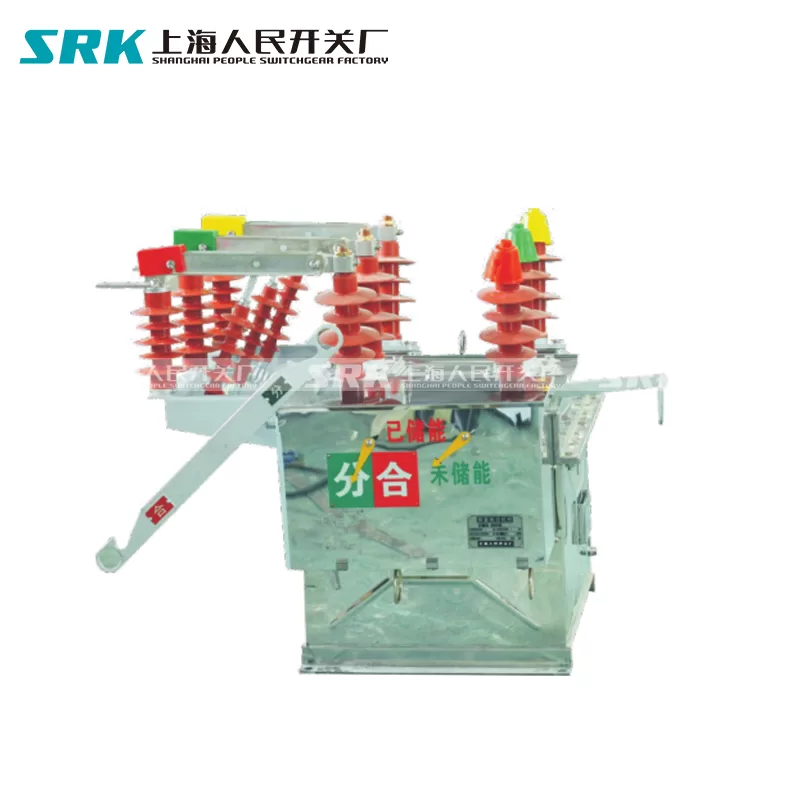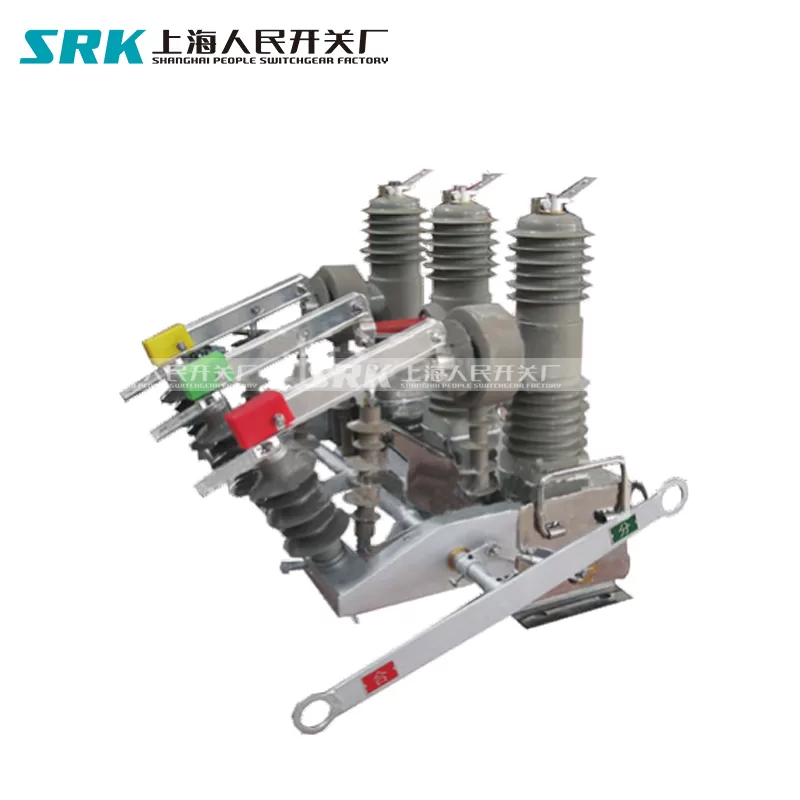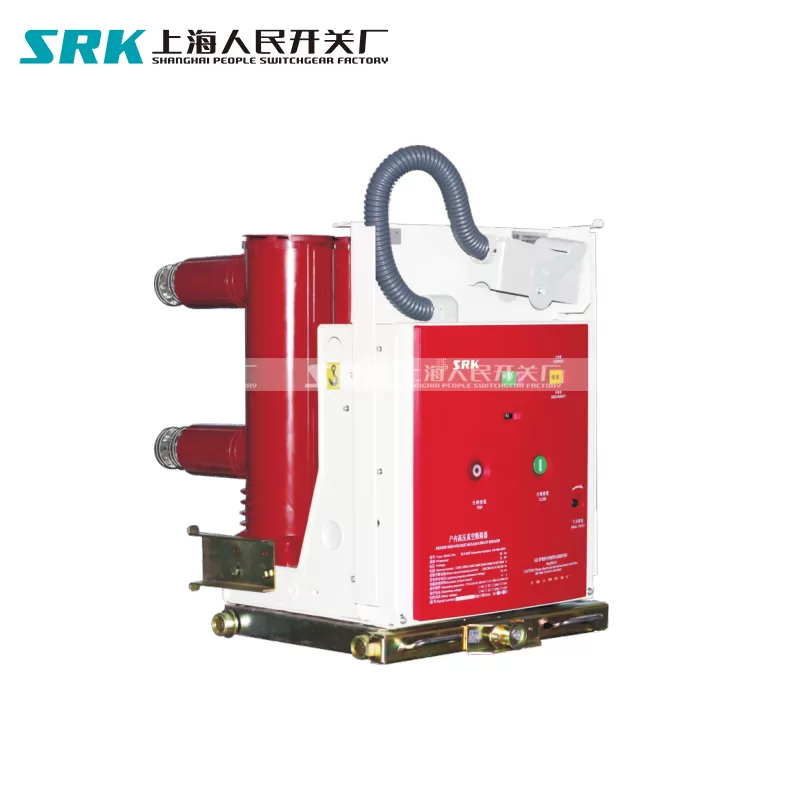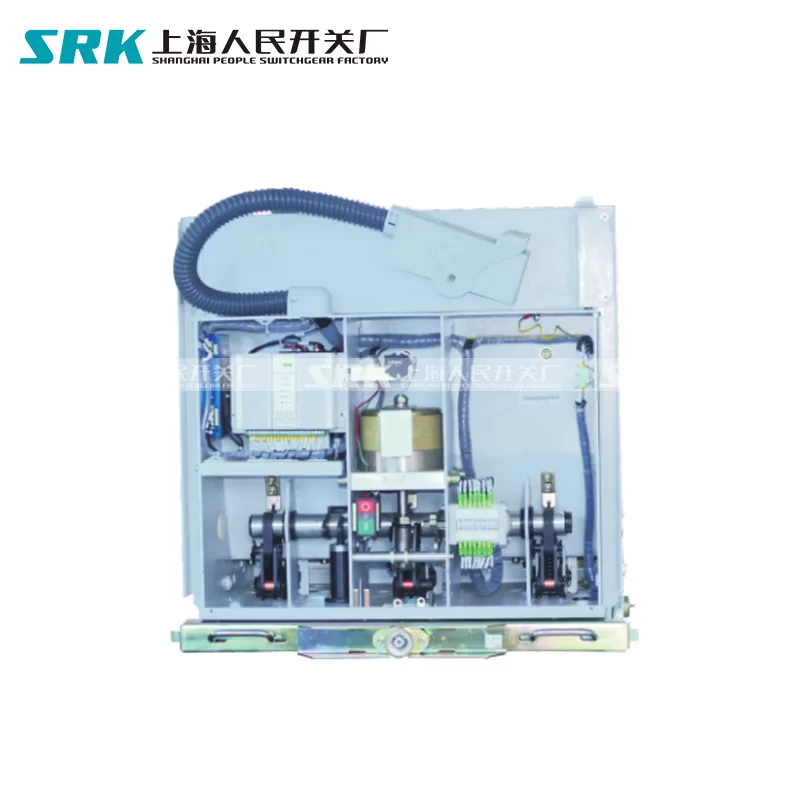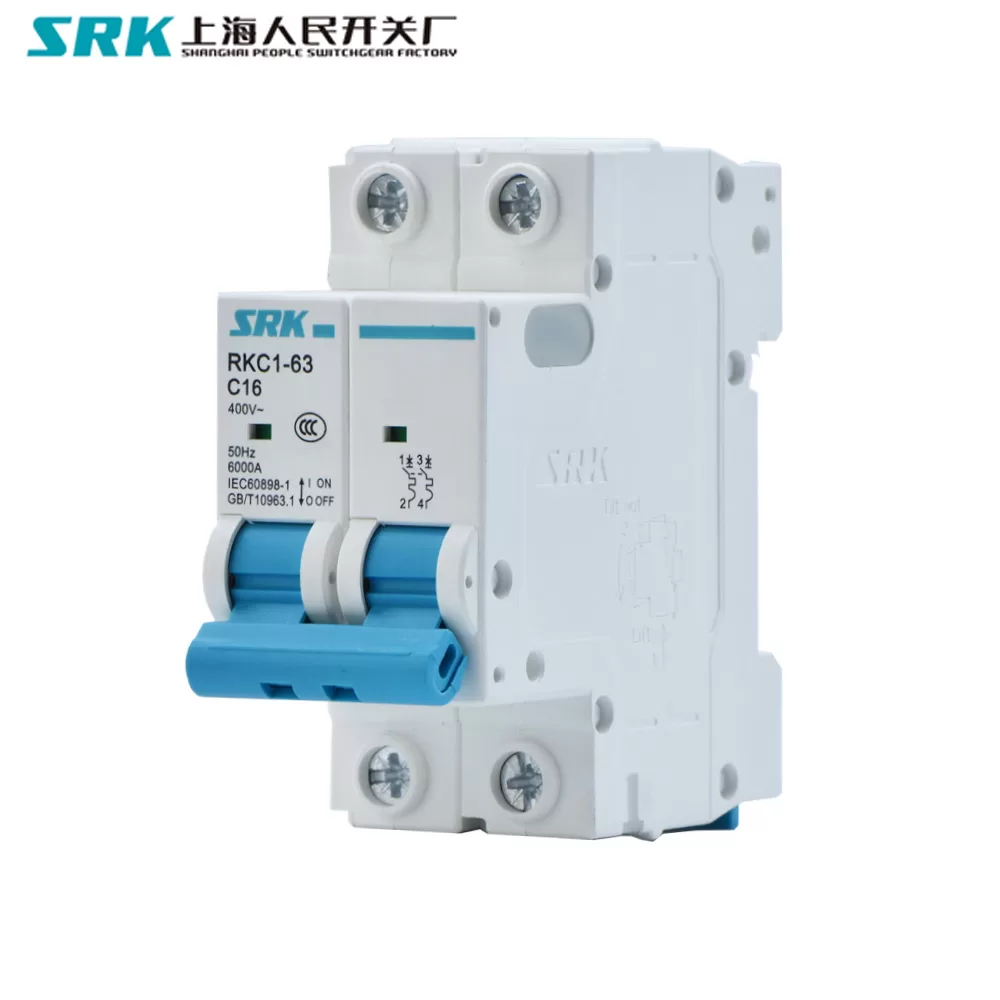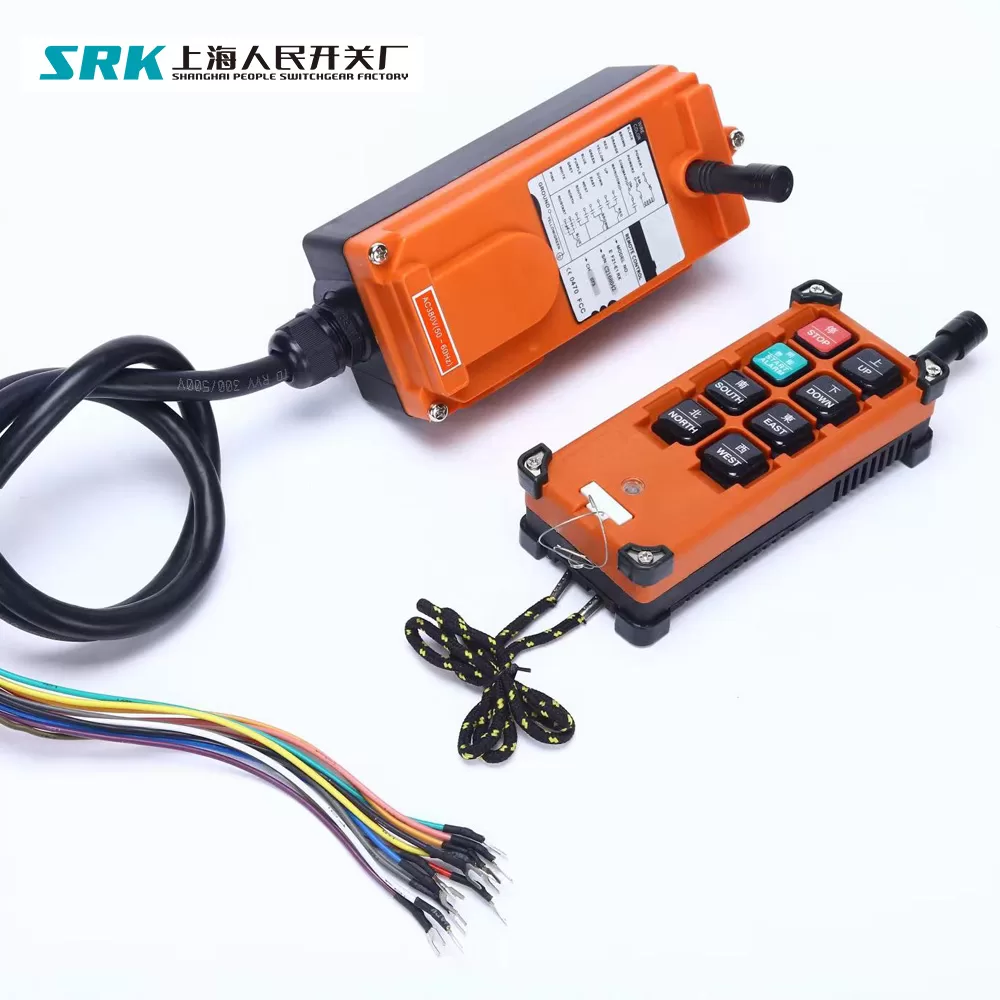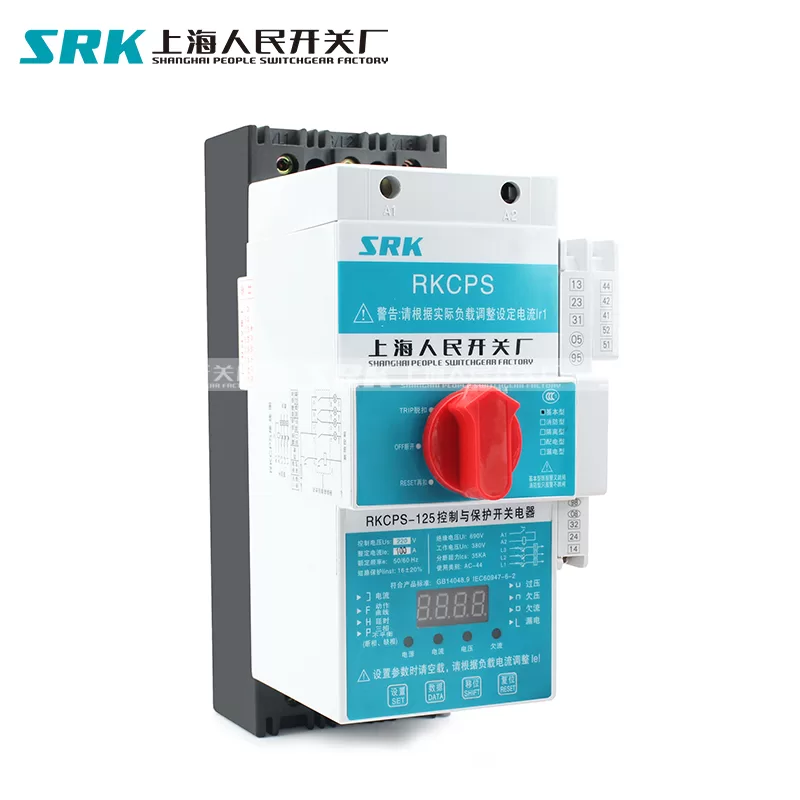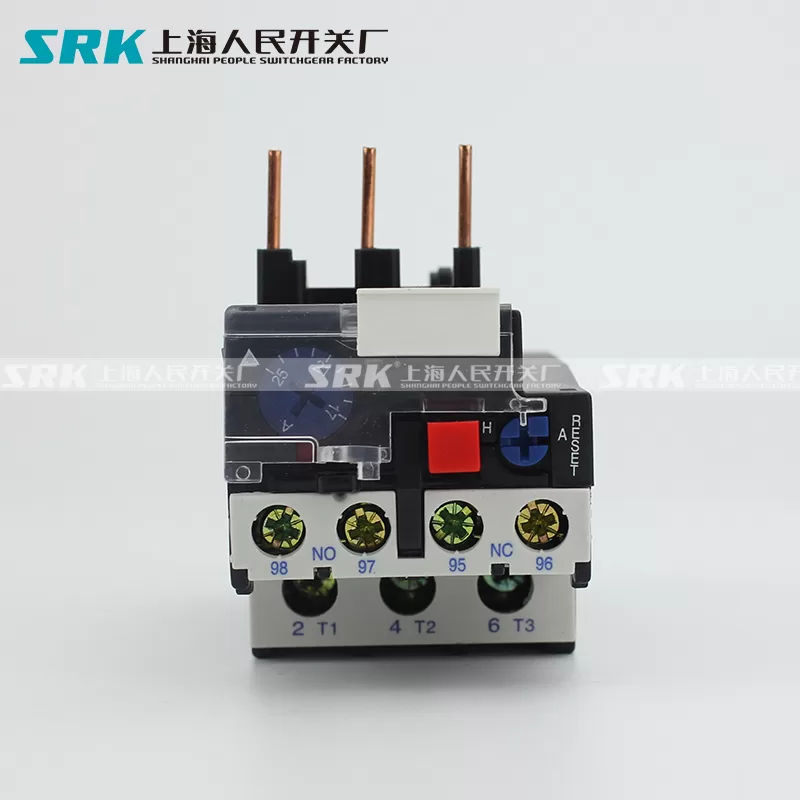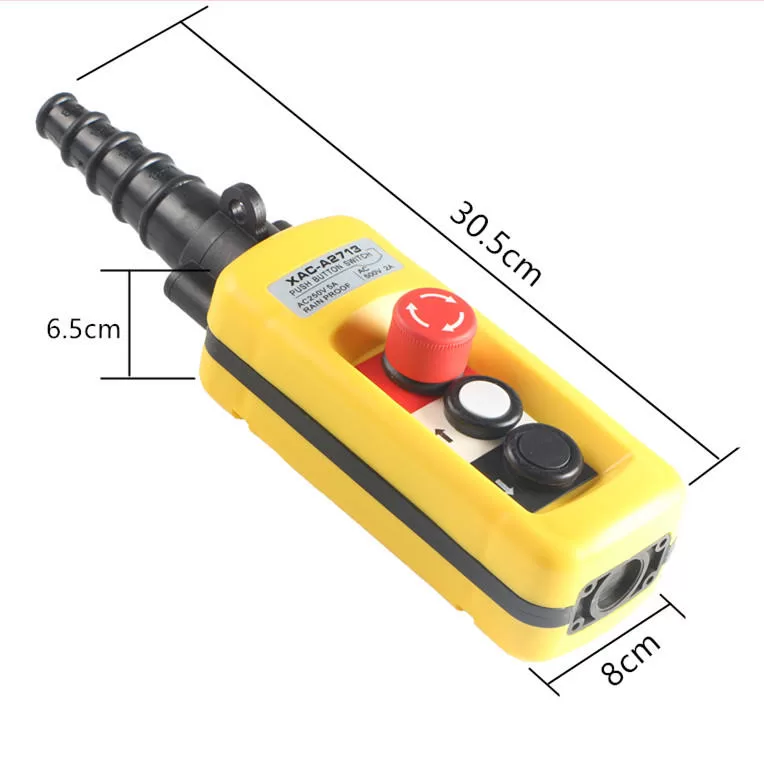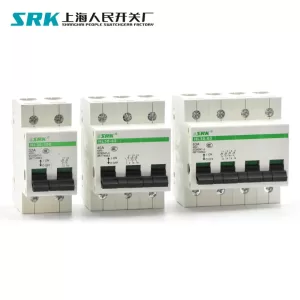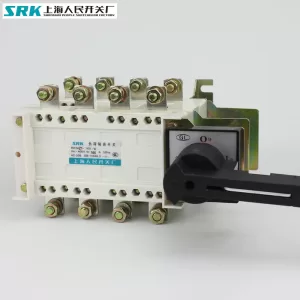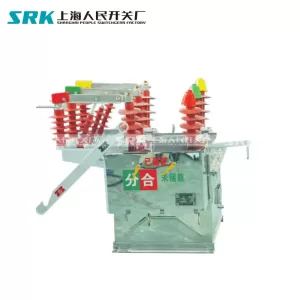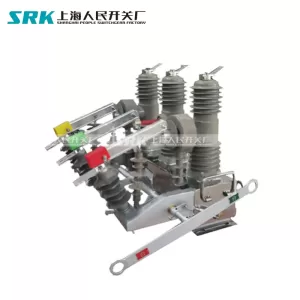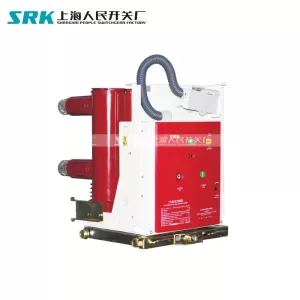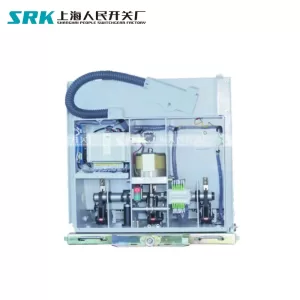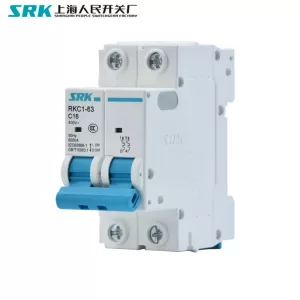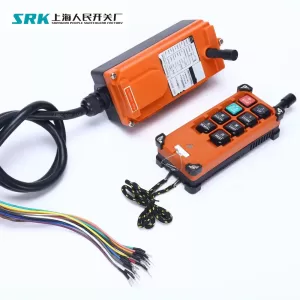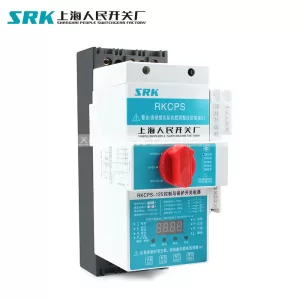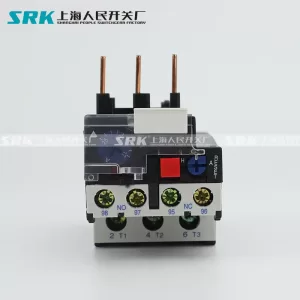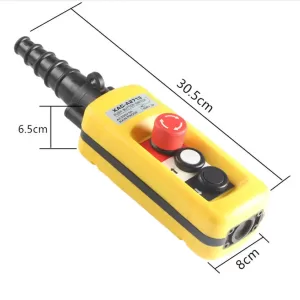For miniature circuit breakers, 1P+N, 1P, and 2P are generally used as on-off control for single-phase electrical appliances, but the effects are different.
1P------ single-pole circuit breaker with thermal magnetic tripping function, only control the live line (phase line), modulus 18mm; 1P+N----monopole + N circuit breaker, while controlling the live line, zero Line, but only the hot wire has the function of thermal magnetic tripping; the modulus is also 18mm; 2P------ single-phase 2-pole circuit breaker, simultaneous control of the live and neutral lines, and both have thermal magnetic tripping function, modulus It is 2*18mm=36mm. 1P+N miniature circuit breakers
Therefore, the following conclusions can be drawn:
1. In order to reduce the cost, 1P can be used, but the upper circuit breaker must have the leakage tripping function. In order to prevent fire and zero confusion caused by accidents during maintenance, the upper power supply must be cut off;
2. For avoiding one problem during maintenance, 1P+N (ie DPN) can be used;
3. Reasons for using 2P: For the circuit breaker case which is also 18mm modulus, there is a difference between the internal 1P and the 1P+N. The former "limit breaking capacity" in the short-circuit accident state is definitely higher than that. After all, space is an important factor affecting the ability to break. Therefore, for power circuits that are more important, frequently repaired and operated, and prone to failure, it is best to use 2P (higher cost).
4. The premise of using 1P is that the lighting distribution box must have the leakage tripping function. At least the incoming line (or the upper level of the outgoing line) should use the leakage circuit breaker.
1P+N is also a DPN, which refers to a phase line + a neutral line. This phase line has a normal breaking capacity (that is, it is disconnected by hand) and an overload and short circuit protection function (that is, a fault occurs). After the automatic disconnection, and this neutral pole (with the identification N on the circuit breaker) only has the normal breaking capacity (hand to open) without the protection breaking function. It is one of the C65 series.
2P means that you are connected to a phase line + a neutral line or two are phase lines, both of which have normal breaking ability (by hand to disconnect) and protection breaking function (that is, failure Automatically disconnected afterwards). Schneider C32, C45, C65 have this model. Relatively speaking, 1P+N is cheaper than 2P. In other words, the application of 2P is more extensive than 1P+N.
It is not like the above mentioned 1P + N usually refers to leakage circuit breakers. Do you understand this time?
Ordinary socket circuits can be used with 1P+N, but if you want to add leakage, it will not work, because DPN (1P+N) circuit breakers cannot assemble leakage protection accessories and other electrical accessories. Its other parameters are: the tripping curve is C type (dedicated for power distribution protection); the width of the circuit breaker is 18mm; the rated current is 3A, 6A, 10A, 16A, 20A. If you want to bring leakage, you can use DPNK type, DPN N type, DPNvigi and DPNvigi G, DPN N vigi type, etc. What is the difference between 1P+N and 2P?
1P+N is relatively measurable in economics 2p. In the past, when 1P+N was used, the 2P switch was used to simultaneously disconnect the neutral line. The common point is that the phase line and the neutral line can be disconnected at the same time. The difference is 1P+N. The fire line is protected, the neutral line is not protected, and the 2P hot line is protected.
1P circuit breaker
From the appearance of the 1P circuit breaker, there are two wiring posts, which are distributed above and below the module.
1P circuit breakers are the cheapest, but they are also the least functional. When the circuit breaker is disconnected, only the live wire can be disconnected, and the neutral wire is still connected. Therefore, if there is a fault in the circuit at this time, causing the neutral line to become live, there is still a danger of electric shock.
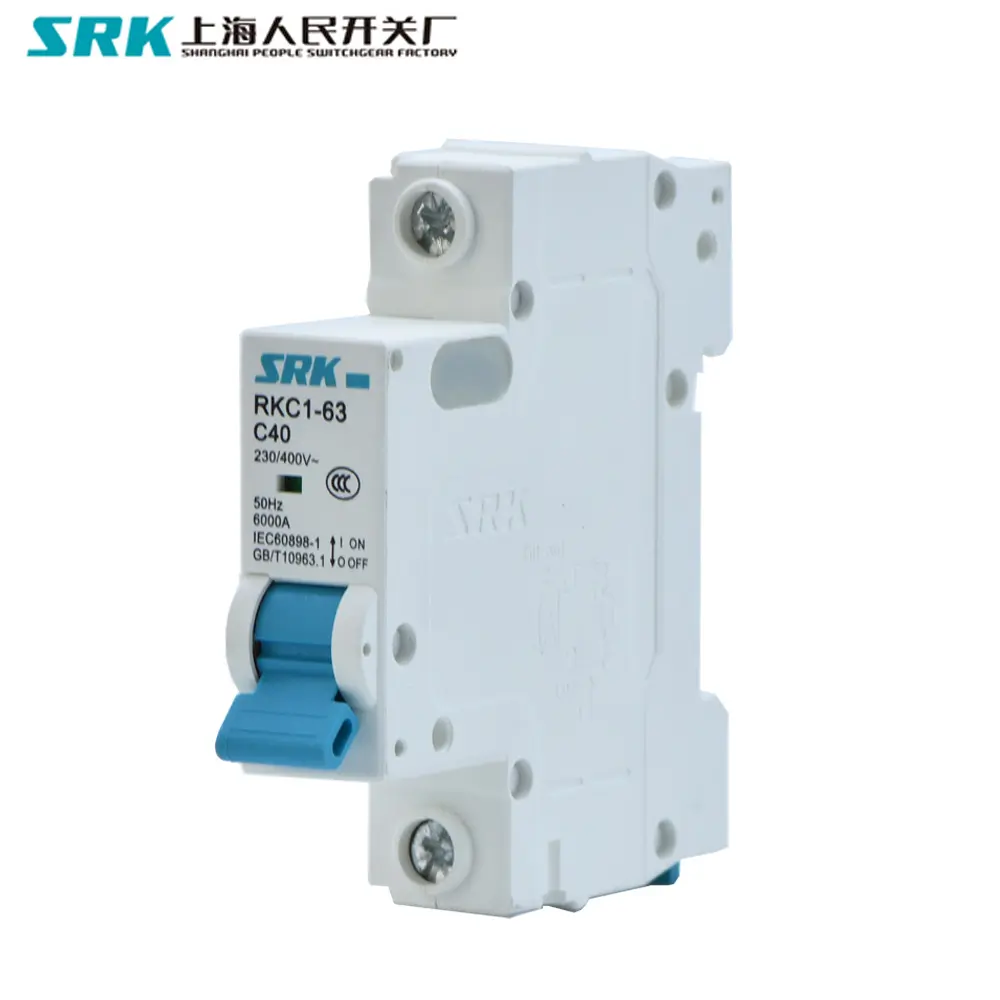
2P circuit breaker
The 2P circuit breaker has two modules and four wiring posts, which are distributed above and below the two modules.
2P circuit breakers are usually used in places with high current or exposed circuits, such as socket circuits. The 2P circuit breaker can not only switch on and off the zero line at the same time, but also monitor the temperature of the zero line at the same time to achieve the purpose of overload and short circuit protection.
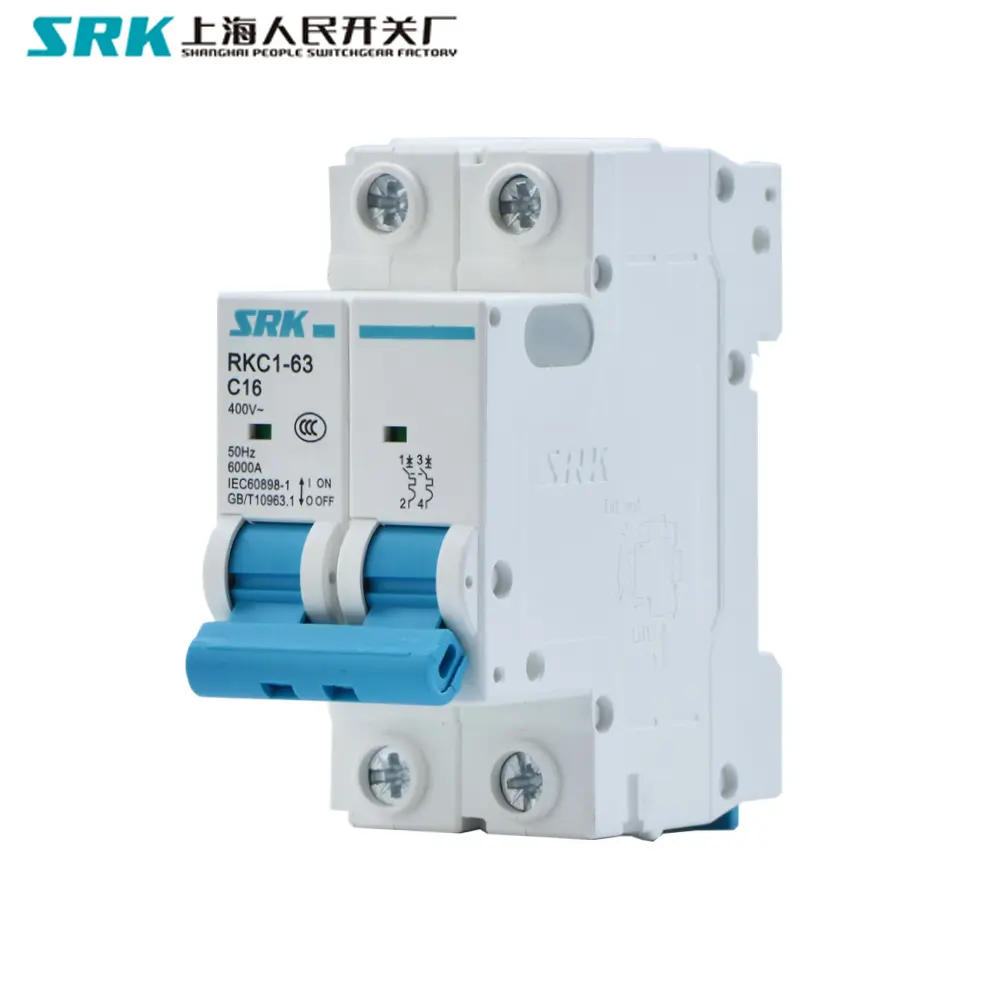
1P+N circuit breaker
The 1P+N circuit breaker combines 1P circuit breaker and 2P circuit breaker, and can even barely be regarded as a simplified version of 2P circuit breaker.
The 1P+N circuit breaker can turn on and off the neutral wire and the live wire at the same time, but the neutral wire cannot perform temperature detection. In other words, neither 1P circuit breaker nor 1P+N circuit breaker can trip when the neutral line is overloaded or short-circuited.
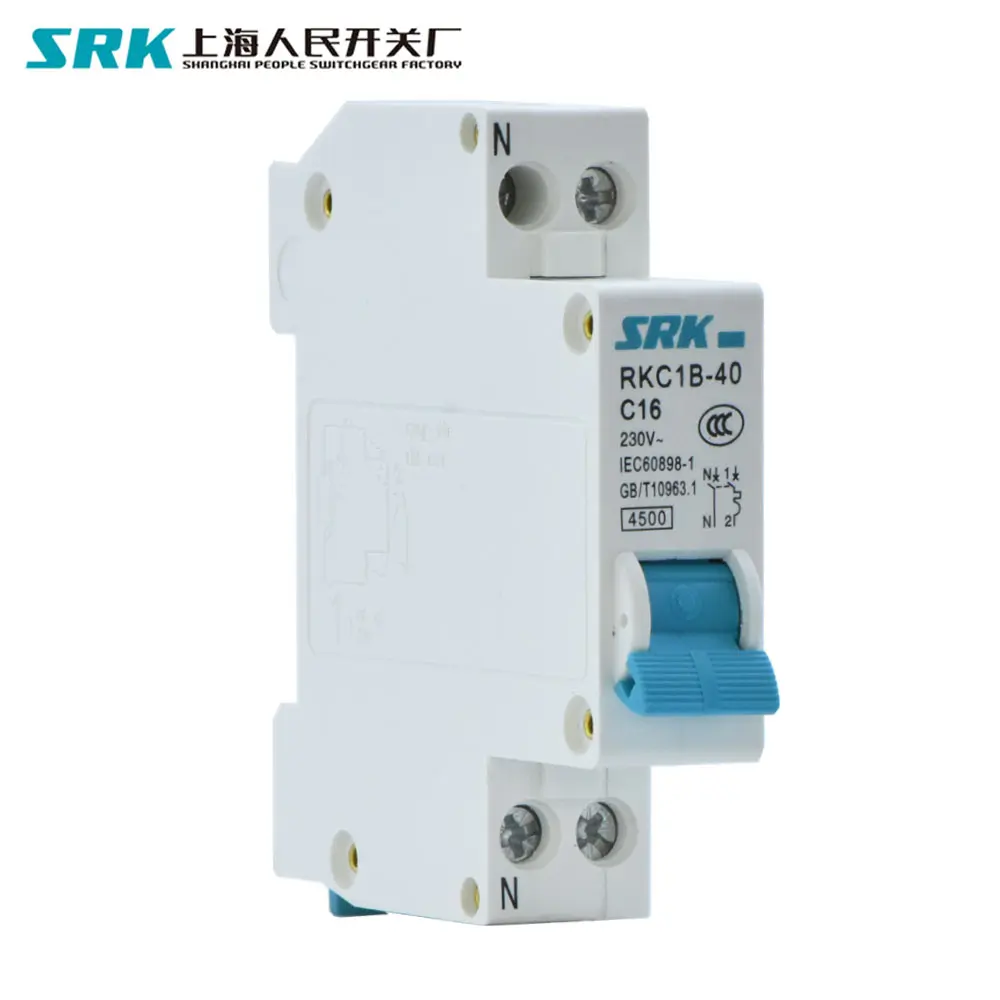
Contact us:
Kani Xie
SHANGHAI PEOPLE SWITCHGEAR FACTORY
E-mail:Kani@srkswitchgear.com
Ph: 0086 13695872200
Wechat/ WhatsApp/skype: +86 13695872200


